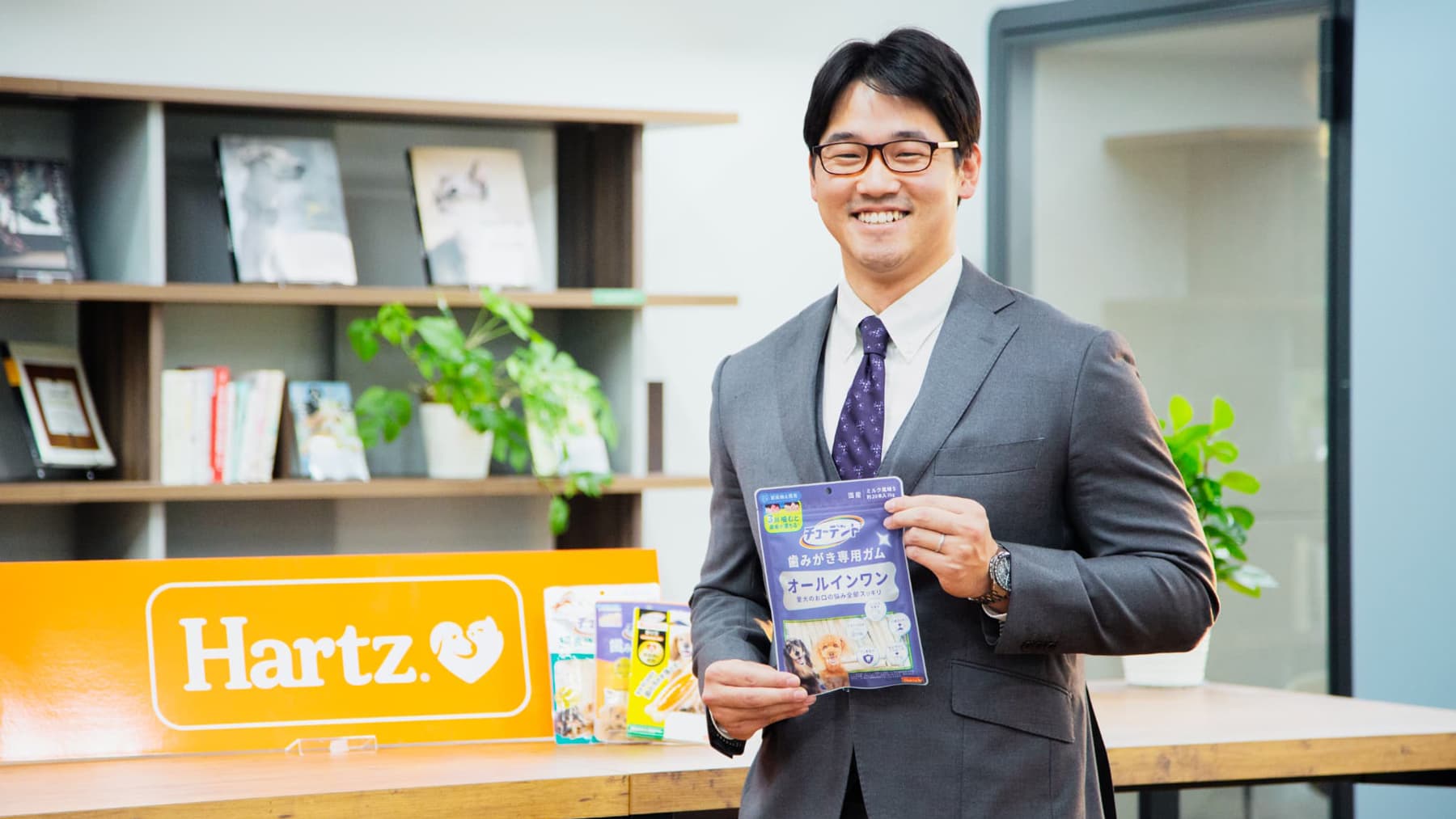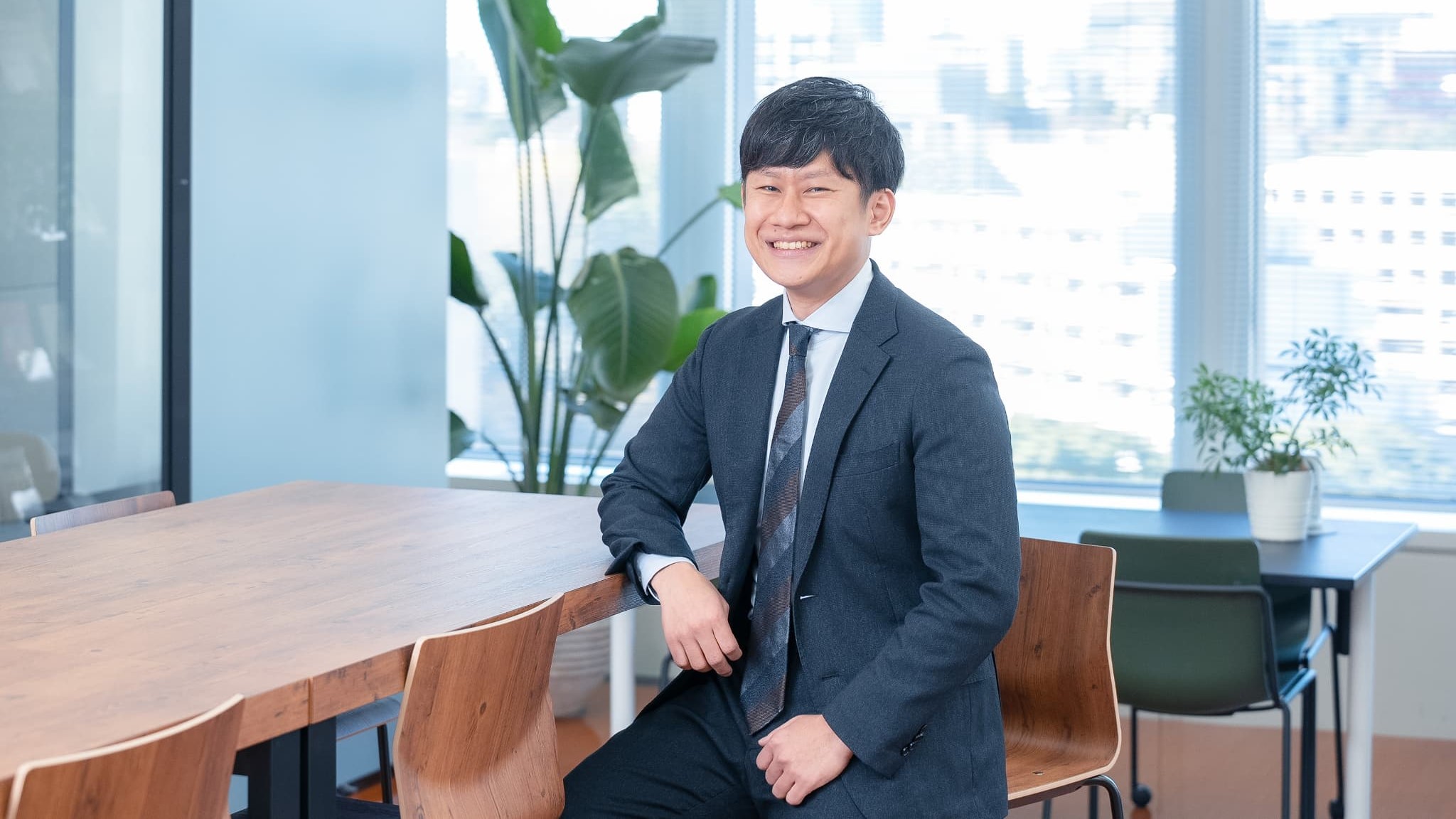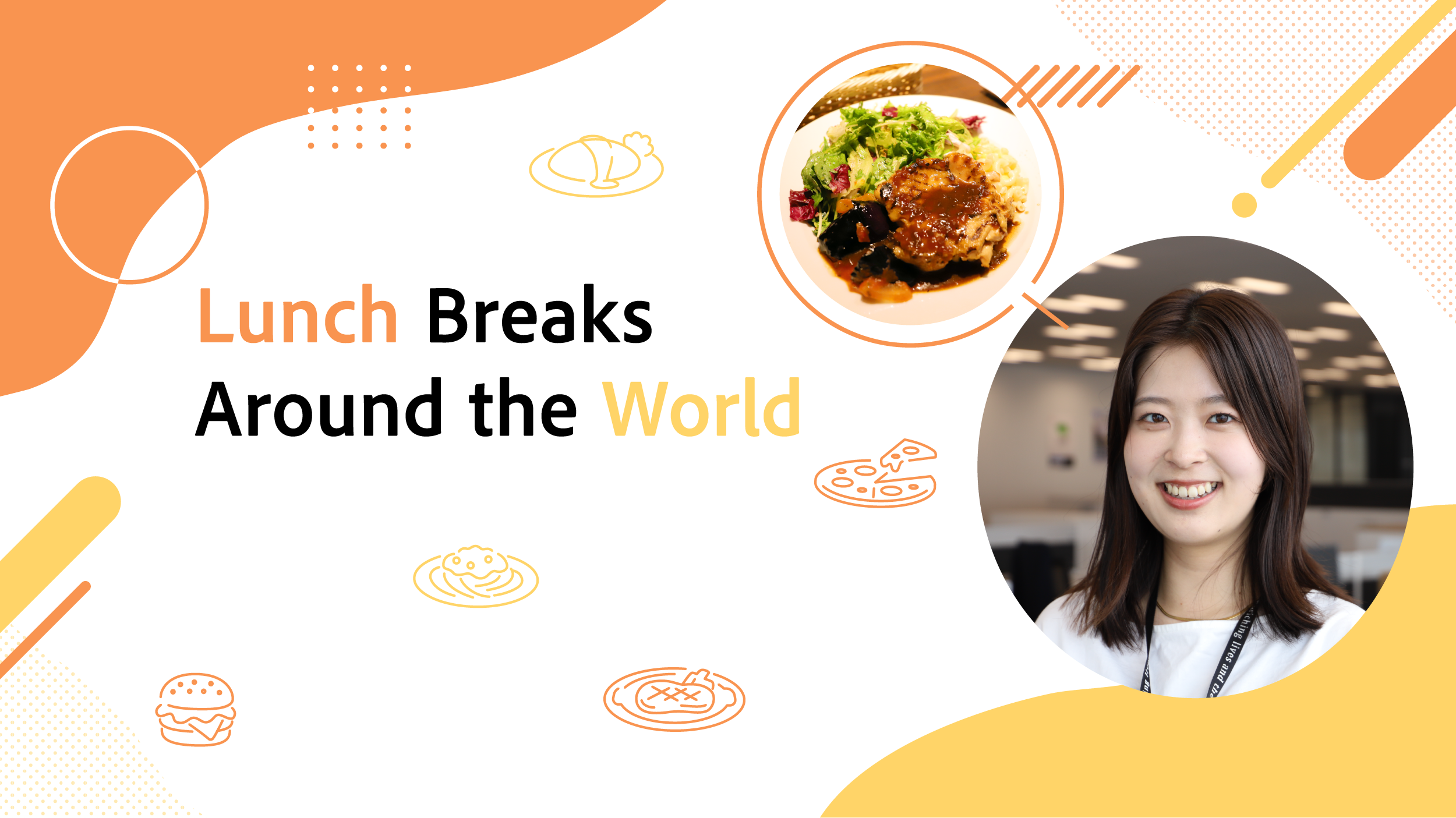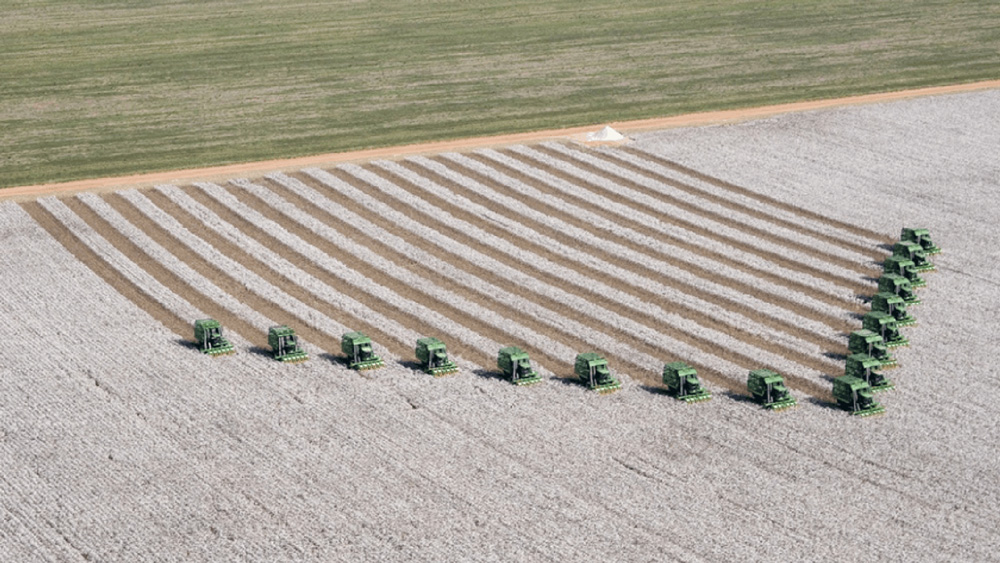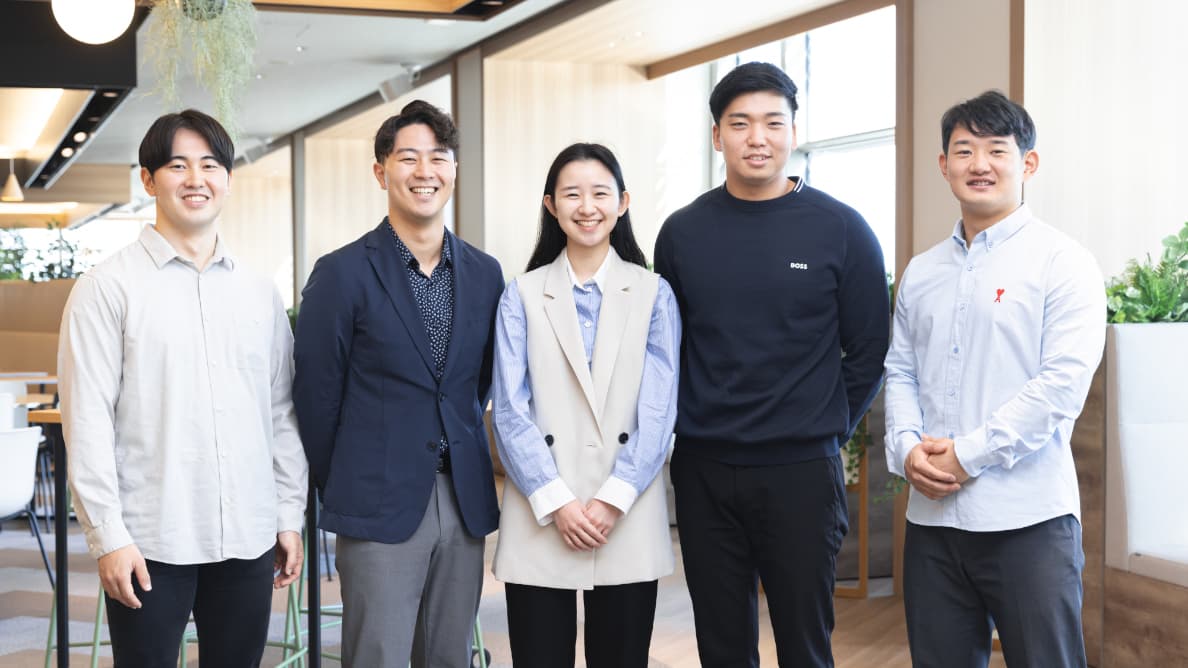
- TOP
- Enriching+TOP
- Harnessing the Potential of Rice Husks to Co-create New Business: The “Rice Phone” Challenge
2023.12.15
Business
Harnessing the Potential of Rice Husks to Co-create New Business: The “Rice Phone” Challenge
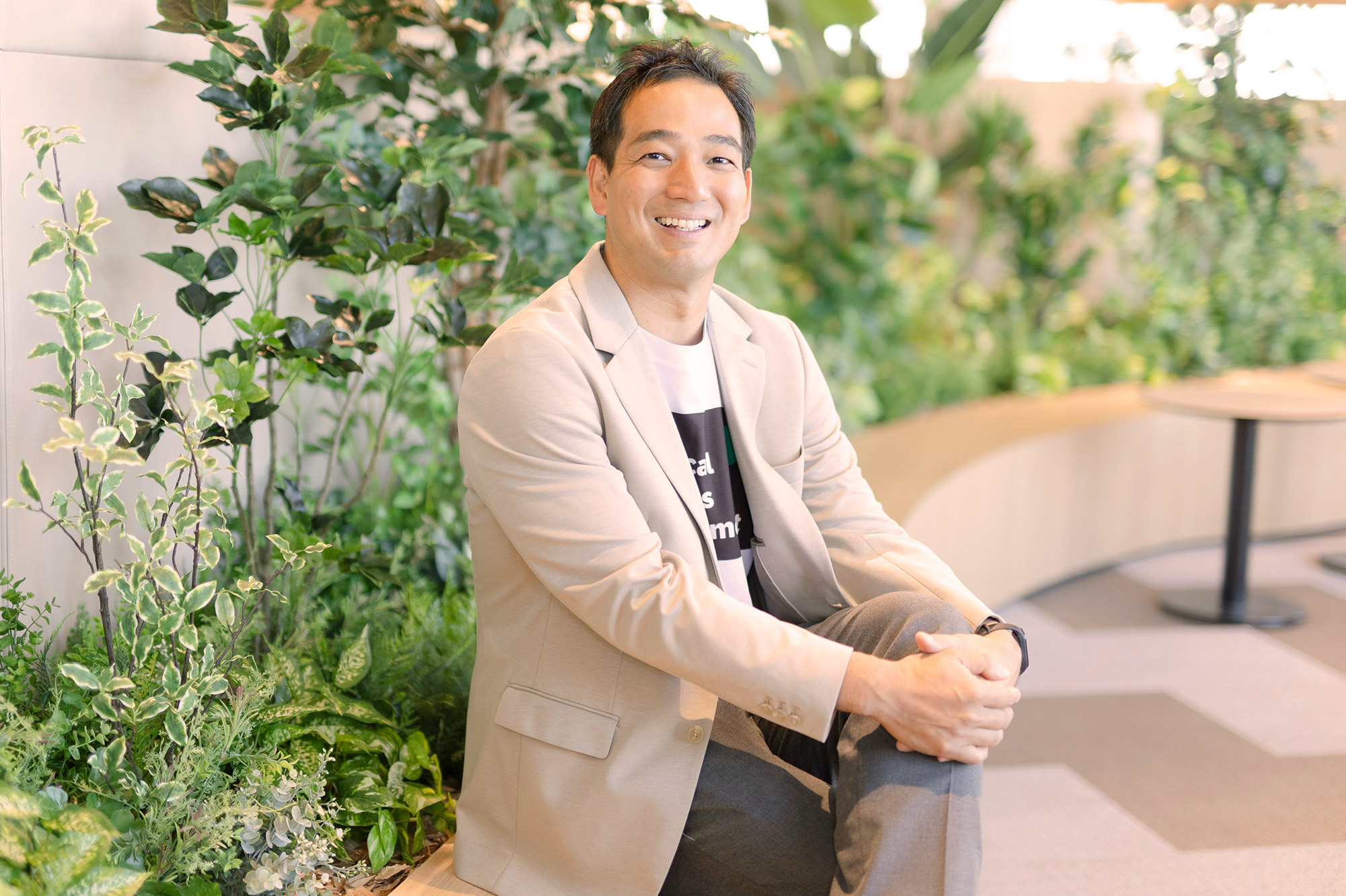
“I believe rice can help create a world of happiness,” says Naoya Ito of the Green Chemical Business Development Dept. His vision began with the idea of using rice husks (hulls), an agricultural by-product, to create new and innovative products. Mr. Ito was selected for the “0→1 Challenge” (*) , a Sumitomo Corporation in-house entrepreneurship program, and later became the Rice Phone project business manager. Here, we will delve into his thoughts and passion for the project.
* The 0→1 (Zero to One) Challenge is an entrepreneurship program making new business ideas possible by Sumitomo Corporation Group employees worldwide, regardless of their affiliation, position or experience at the company. The program was launched in 2018 with the aim of creating next-generation business (“one/1”) from unprecedented new ideas (“zero/0”). Around a thousand applications were received during the five years from FY2018 to FY2022, and 11 projects, including those from previous years, are currently moving towards commercialization.
-
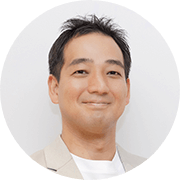
Green Chemical Business Development Dept.
Naoya Ito
Joined Sumitomo Corporation in 2009, initially working in agrochemical trade within the AgriScience Dept. Later transitioned to the cosmetics team in the Medical Science Dept. before being assigned to a Brazilian cosmetic materials distributor in 2017. In 2020, applied for and was selected for the The “0→1 Challenge,” leading to his current role. With the goal of breaking new ground, he develops business ideas while immersing himself in nature, particularly on his favorite mountain hikes.

An Eco-Friendly Substitute for Silica as Starting Point
How did the Rice Phone project begin development?
My first assignment in the AgriScience Dept. involved working directly with agriculture, which brought me into close contact with the world of growing rice. Ever since, I became interested in connecting entities within agricultural value chains, which comprise the sale and purchase of harvested grains and other products, as well as agrochemicals.
Later, in 2011, I was assigned to the newly established cosmetics team in the Medical Science Dept., where I met researchers working on silica production, a commonly used material in cosmetics. Here we began to discuss the development of a next generation, environmentally friendly silica for cosmetic use.
The cosmetics industry has subsequently taken great interest in sustainability, and instead of developing a new type of silica, members began suggesting replacing it altogether with a more eco-conscious raw material, which would be much more appealing. Based on this hypothesis, the Rice Phone project started looking into how silica could be extracted from rice husks.
After I was transferred to Brazil, the project was put on hold for a while, but when I later learned about the The “0→1 Challenge,” I decided to apply. I found great meaning and a source of encouragement in the The “0→1 Challenge.” It’s designed to allow participants to capitalize on their experience and obtain company-wide support from management, alongside other parties beyond the boundaries of our own organization.
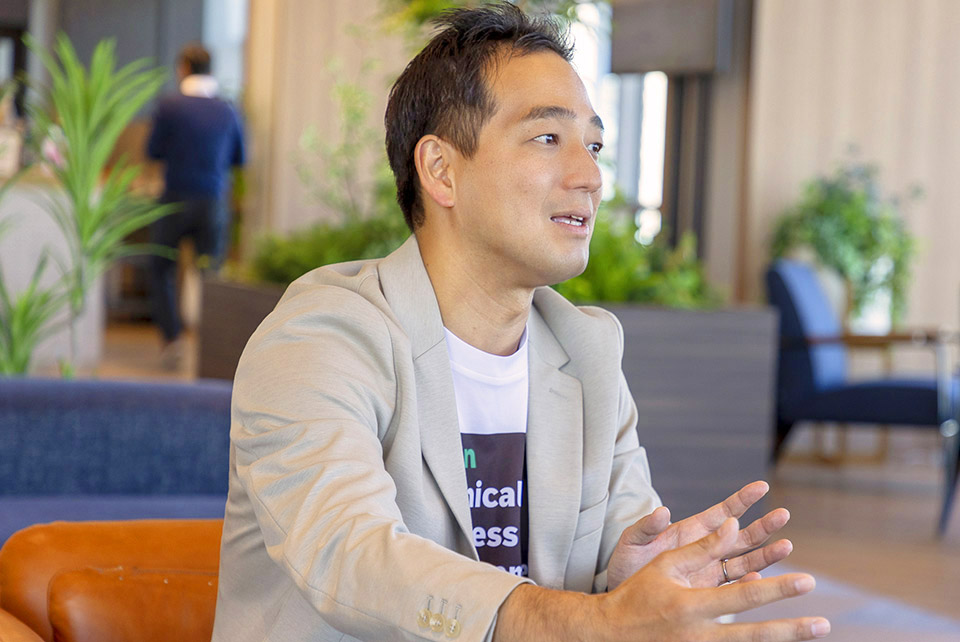
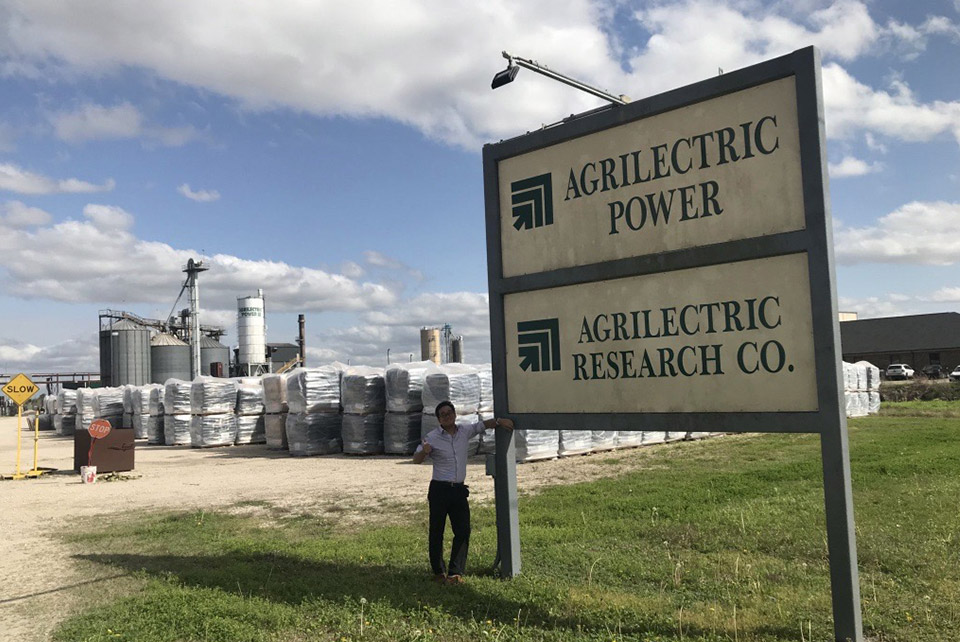
What was your original concept, and where did the unique project name come from?
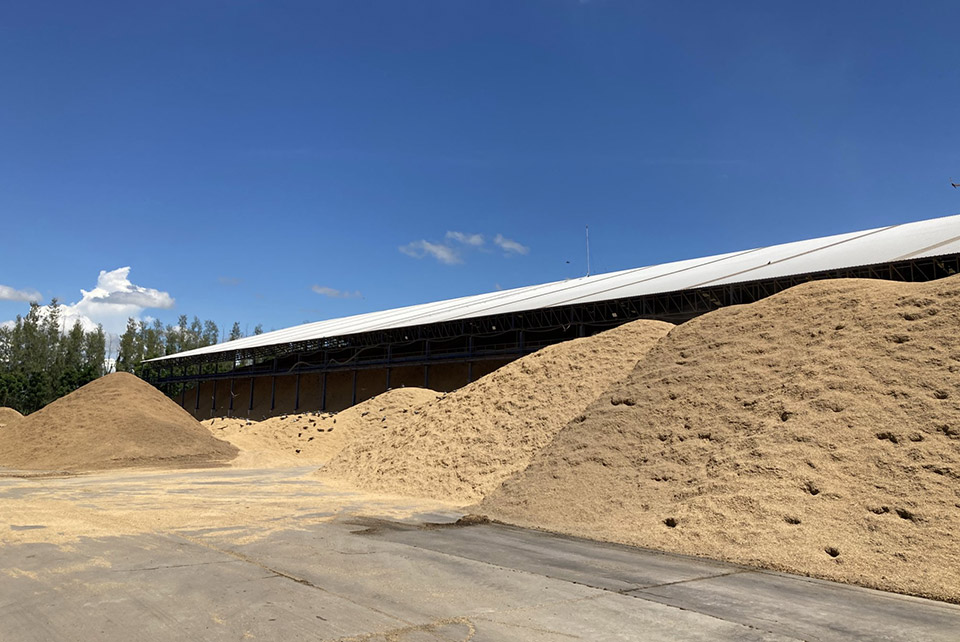
The first fact we noted is that 100 million tons of rice husks are generated globally each year, mainly in Asia, with about two million tons coming from Japan. Some are burned as fuel, but most go to waste – becoming a notable source of environmental pollution.
I came up with a business model where silica is extracted from rice husks, which are usually discarded, and utilized in the production of cosmetics, semiconductors, tires and other products. Using rice husks for biomass energy is also part of the concept.
Silica is a stable material that has been used in many different applications throughout history. A modern example is in the semiconductors for smartphones. To this end, we thought it would be interesting to use rice husk-derived silica in smartphones – hence the name “Rice Phone.”
Leveraging Sumitomo Corporation’s Strengths to Address Issues Regarding Rice Husks
Using rice husks to create smartphones and cosmetics is a novel idea. What were the challenges in making it a reality?
We quickly learned that many people have been studying new applications for rice husks. Research papers have been written, and an array of projects have been conducted to date, especially by Japanese companies and universities. Gleaning knowledge and insight from these ventures, we came up with the Rice Phone project in its present form.
Previous attempts have been made to create rice husk silica, and the technology is well established, so putting the idea into practice was relatively straightforward.
However, while rice husks have been effectively utilized in new adaptations, their usage has been limited to certain fields, such as agriculture, chemistry and research, and has not gained traction on a larger scale. To this end, without new markets being established, the problem of rice husk going to waste as an agricultural by-product has persisted. This is where Sumitomo Corporation’s strengths as an integrated trading and business investment company, including vast networks across different industries, come into play. By flexing our network to make important connections, I believe we have great potential to succeed in this new business.
In Japan, rice is our staple food, and from that perspective, solving the problem of rice husk waste – which can also negatively affect people’s health when incinerated – would be a great honor for me.
Are you anxious about starting a new project that will potentially pave the way for others?
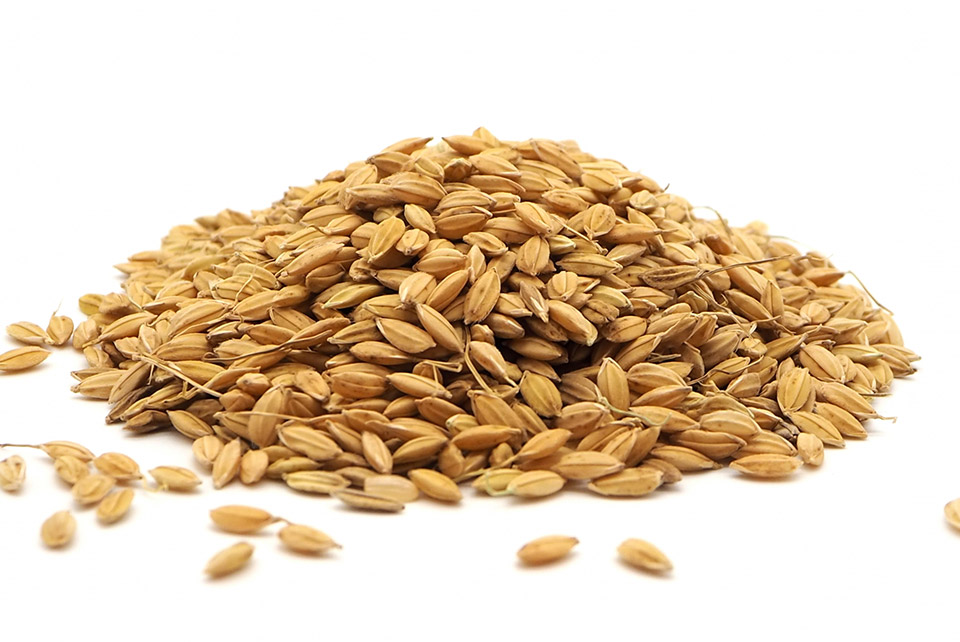
Not particularly, largely thanks to many supporters, both inside and outside the company. People around us are reacting positively to the increase in people sharing our vision, partially because of the lack of scrutiny regarding rice husk waste in the past.
I am grateful for so many cooperators taking an interest in this project, but at the same time, I feel a mixed sense of satisfaction and stress in knowing that once the project begins, my personal capabilities will be put to the test.
Future Challenges and Focusing on Original Intentions Through The “0→1 Challenge”
What stage are you at with the Rice Phone project, and what’s next for you?
This project entails a challenge in terms of creating a viable market as a brand-new venture for Sumitomo Corporation.
While utilizing our unique network as an integrated trading and business investment company, the core functions of the Rice Phone project as a new business will be scrutinized inside and outside of the company when scaling up. We’ll need to assess each function therein, and whether we are succeeding in performing them. This is a very challenging and arduous process.
On the other hand, we are gradually beginning to see just how original our business will be. Instead of combustion of rice husks, our project uses processes such as pyrolysis to yield gas and oil, as well as the production of activated carbon and biochar from carbides. Through these innovations, we will provide new value unique to our company.
A notable example is our joint venture with the Sony Group. Sony has long been developing a naturally occurring porous carbon material derived from rice husks. The same rice husks used to extract silica for our project will also contribute to the production of this porous carbon material. This collaborative effort between Sony and Sumitomo Corporation not only doubles the business potential of rice husks but also enhances potential profitability. Recognized as a global first, this innovative business model earned us a grant from the Government of Japan’s Ministry of the Environment in October 2023.
We have also forged alliances domestically and globally with suppliers in Thailand and Vietnam, who are disposing of rice husks at the 200,000–500,000-ton level, entailing a significant expansion in the scale of our business. As our business continues to grow, both domestically and globally, we are actively engaging in advanced discussions with cosmetics and tire manufacturers.
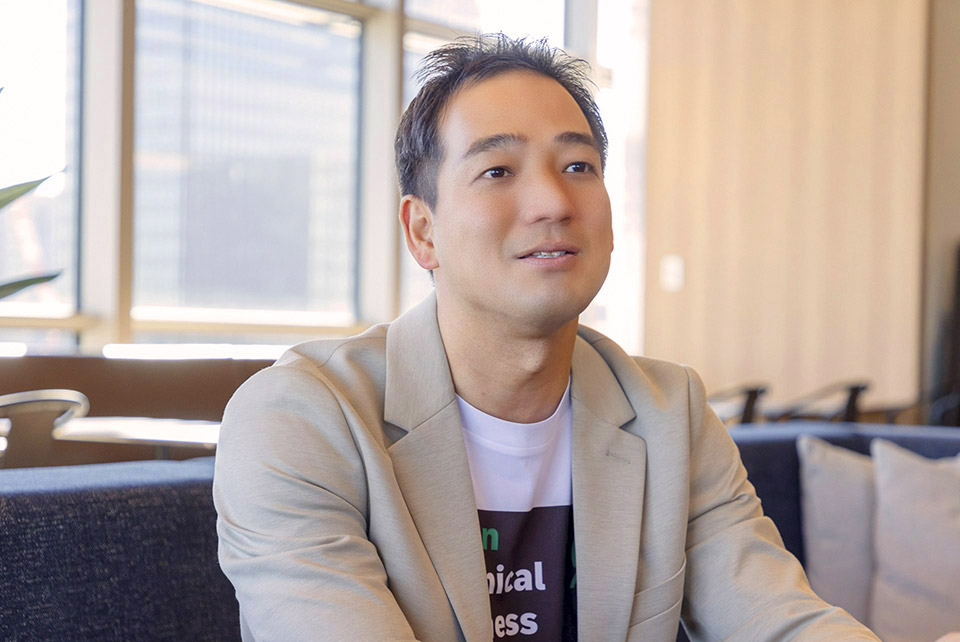
Rice husks certainly have great potential. In closing, do you have a message for anyone unsure about trying something new?
Thanks to the The “0→1 Challenge” I was reminded of my enthusiasm when I first joined Sumitomo Corporation to work with a diverse range of people towards new global innovation. By diving into a new industry, I was able to conquer my fears regarding coming up with new ideas, drafting business concepts and involving outside parties in building a new business.
For anyone worried about taking the plunge on a new venture – I recommend shooting for the stars, and worrying later! I made six additional new project proposals in the two years after my Rice Phone project was selected, and none of them were accepted. But I am definitely going to apply again next year.

